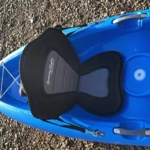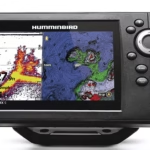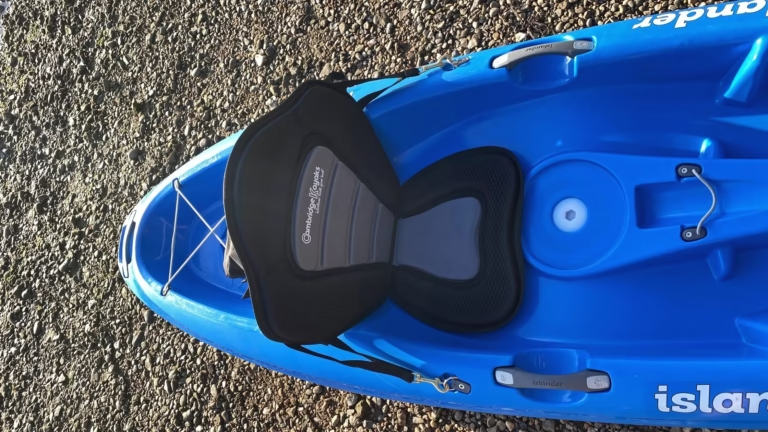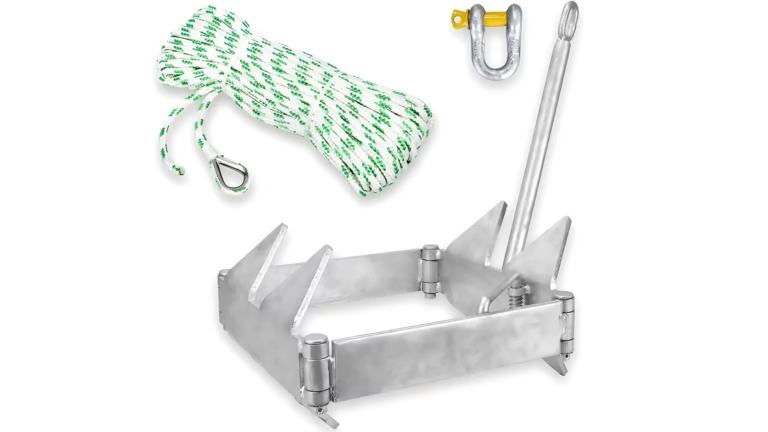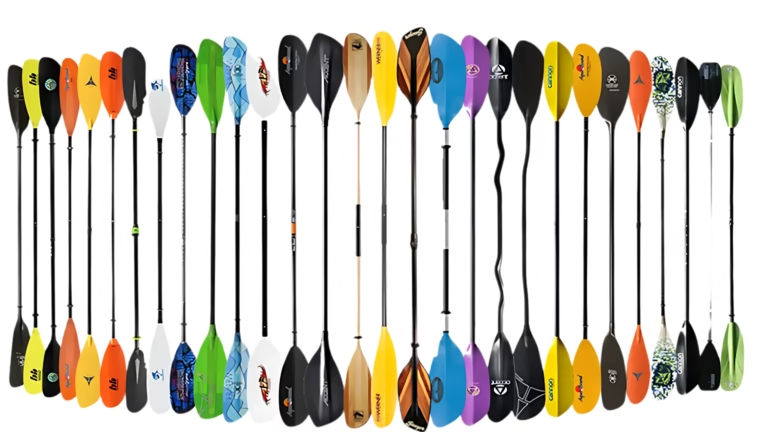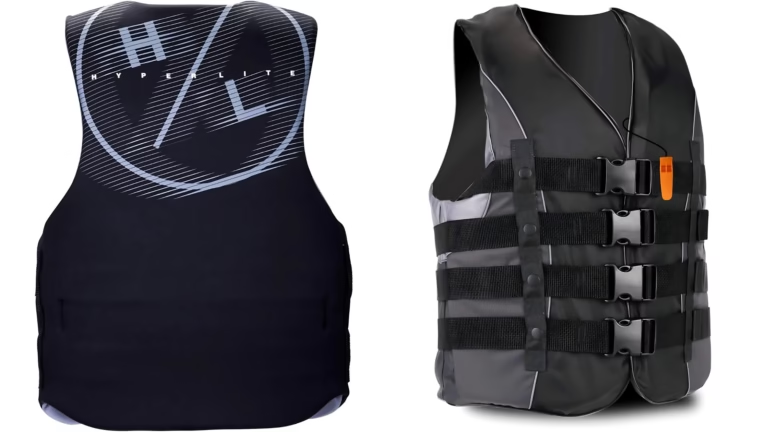Garmin GPSMAP 66i and Garmin eTrex 32x are the best GPS devices for kayaking in remote areas. They offer reliable navigation and robust features.
Kayaking in remote areas demands reliable navigation tools. The Garmin GPSMAP 66i features satellite communication and topographic maps, ensuring you stay on track. The Garmin eTrex 32x is compact, durable, and offers detailed maps, making it a great backup option.
Both devices provide accurate GPS tracking, essential for safety and navigation in isolated waters. The importance of dependable GPS devices cannot be overstated for adventurers tackling remote kayaking routes. With these tools, you can confidently explore and enjoy your kayaking experience, knowing you have the best technology guiding your way.
Introduction To Gps For Kayakingv
Kayaking in remote areas offers a thrilling adventure. But it also comes with risks. GPS devices help you stay safe and on the right path. Knowing how to use GPS can make your kayaking experience more enjoyable.

Importance Of Gps In Remote Areas
Remote areas can be challenging to navigate. GPS devices provide real-time location data. They help you avoid getting lost. They also allow you to plan your route better. In emergencies, GPS can be a lifesaver. It helps rescuers find you quickly.
Benefits Of Using Gps Devices
GPS devices offer many benefits for kayaking. Here are some key advantages:
- Accurate Navigation: GPS devices provide precise coordinates.
- Weather Updates: Some devices offer weather alerts.
- Route Planning: Plan your trip in advance.
- Emergency Assistance: Send your location to rescuers.
- Tracking Progress: Monitor your speed and distance.
Choosing the right GPS device can enhance your kayaking adventure. Look for features that match your needs. Whether you are a novice or expert, GPS can help you navigate safely.
Key Features To Consider
Choosing the best GPS device for kayaking in remote areas can be challenging. It’s crucial to consider several key features to ensure safety and reliability. Below, we explore the most important aspects to look for in a GPS device.
Waterproof Design
Kayaking often involves splashes and submersion. A waterproof design is essential. Ensure the device has an IPX7 rating or higher. This guarantees it can withstand being submerged in water. Look for devices with secure, sealed ports and buttons. They should also float if dropped in water.
Battery Life
Long trips demand a GPS device with extended battery life. Choose one that offers at least 20 hours of usage. Some devices come with replaceable batteries. This feature is handy for extended adventures. Solar-powered charging options can also be beneficial.
Accuracy And Precision
The accuracy and precision of your GPS device are vital. Ensure it supports multiple satellite systems like GPS, GLONASS, and Galileo. Devices with high-sensitivity receivers perform better in dense forests and deep canyons. Check for features like barometric altimeters and electronic compasses. These enhance navigation accuracy.
Top 5 Gps Devices For Kayaking
Kayaking in remote areas demands reliable and robust GPS devices. A good GPS device ensures safety and navigation ease. Here are the top 5 GPS devices for kayaking. Each device offers unique features, making your adventure smooth and safe.
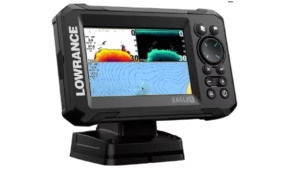
Device 1: Overview And Features
Garmin GPSMAP 66i is a top choice for kayakers. It combines GPS navigation with satellite communication.
- Large 3” color display
- Two-way messaging and SOS
- Preloaded maps and software
- Water-resistant (IPX7)
- Battery life: up to 35 hours
Device 2: Overview And Features
Garmin eTrex 32x is known for its durability and simplicity. It offers essential features for kayakers.
- 2.2” sunlight-readable display
- Preloaded TopoActive maps
- 8 GB internal memory
- Battery life: up to 25 hours
- Water-resistant (IPX7)
Device 3: Overview And Features
Garmin inReach Explorer+ is perfect for remote adventures. It offers GPS navigation and communication.
- Built-in digital compass
- Preloaded TOPO maps
- Two-way messaging and SOS
- Battery life: up to 100 hours
- Water-resistant (IPX7)
Device 4: Overview And Features
Garmin Foretrex 601 is a wrist-mounted GPS. It is designed for rugged outdoor activities.
- Wrist-mounted design
- Battery life: up to 48 hours
- Three-axis compass
- Water-resistant (IPX7)
- Durable and lightweight
Device 5: Overview And Features
Garmin Montana 700i is a versatile GPS. It is suitable for various outdoor activities, including kayaking.
- 5” touchscreen display
- Preloaded maps and software
- Two-way messaging and SOS
- Battery life: up to 18 hours
- Water-resistant (IPX7)
Comparing The Top Picks
Choosing the right GPS device for kayaking in remote areas is crucial. This section will help you compare the top picks. We will look at price and features. This will help you make an informed decision.
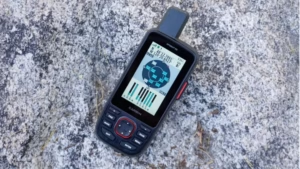
Price Comparison
| Device | Price |
|---|---|
| Garmin GPSMAP 66i | $599.99 |
| Garmin inReach Explorer+ | $449.99 |
| Spot X | $249.99 |
Feature Comparison
| Feature | Garmin GPSMAP 66i | Garmin inReach Explorer+ | Spot X |
|---|---|---|---|
| Two-way Messaging | Yes | Yes | Yes |
| Battery Life | 35 hours | 100 hours | 240 hours |
| Waterproof | IPX7 | IPX7 | IPX7 |
| Display Size | 3 inches | 2.3 inches | 2.7 inches |
| Weight | 241 g | 213 g | 198 g |
Understanding the price and features of each GPS device helps. This knowledge can guide your choice for kayaking adventures.
User Reviews And Ratings
Choosing the best GPS device for kayaking in remote areas can be tough. User reviews and ratings help make this decision easier. Let’s explore what users have to say.
Positive Feedback
Many users appreciate the reliable signal of top GPS devices. Even in dense forests or deep canyons, these devices perform well.
Another common praise is for the long battery life. Users love that they can rely on their GPS for extended trips without needing frequent charges.
Users also commend the easy-to-read display. Even in bright sunlight or rainy weather, the screens remain clear and readable.
| Feature | User Feedback |
|---|---|
| Reliable Signal | Works well in dense forests |
| Long Battery Life | Lasts for extended trips |
| Easy-to-Read Display | Clear in bright sunlight |
Common Issues
Despite positive reviews, some users report issues with GPS devices. One common issue is the slow satellite connection at times. This can be frustrating in crucial moments.
Another complaint is about the complicated user interface. Some devices have too many buttons or confusing menus, making them hard to use.
Users also mention the high price of some models. While these GPS devices offer many features, they can be costly.
- Slow satellite connection
- Complicated user interface
- High price
Tips For Using Gps Devices On Water
Kayaking in remote areas can be thrilling yet challenging. Using a GPS device enhances safety and ensures you stay on track. Here are essential tips for using GPS devices on water.
Safety Precautions
Safety is paramount while kayaking in remote areas. Follow these tips to ensure your GPS device is used safely:
- Waterproof your device: Ensure your GPS device is waterproof or use a waterproof case.
- Battery life: Check the battery life before your trip. Carry extra batteries or a portable charger.
- Signal strength: Test the signal strength. Make sure it works well in remote areas.
- Emergency contacts: Store emergency contacts in your device. Have a backup written list.
- Floatation: Attach a floatation device to your GPS. This prevents loss if dropped in water.
Maintenance And Care
Proper maintenance of your GPS device ensures it works efficiently. Follow these care tips:
- Regular cleaning: Clean your GPS device after each trip. Use a soft cloth and mild cleaner.
- Drying: Dry your device completely before storing. This prevents moisture damage.
- Software updates: Keep the device’s software updated. Check for updates regularly.
- Storage: Store your GPS in a cool, dry place. Avoid extreme temperatures.
- Screen protection: Use a screen protector. This prevents scratches and screen damage.
A well-maintained GPS device ensures a safe and enjoyable kayaking experience.
Additional Accessories
Equipping your kayak with the best GPS device is crucial. But don’t forget the additional accessories that enhance its functionality. These accessories ensure your device is secure, protected, and easily accessible.

Mounting Options
Having reliable mounting options for your GPS device is essential. Here are some popular choices:
- Clamp Mounts: Easy to attach to any part of your kayak.
- Suction Cup Mounts: Ideal for smooth surfaces. They are adjustable.
- Rail Mounts: Fit perfectly on the kayak rails. Provide stability.
| Mount Type | Advantages |
|---|---|
| Clamp Mount | Easy to attach, versatile |
| Suction Cup Mount | Adjustable, great for smooth surfaces |
| Rail Mount | Stable, fits kayak rails |
Protective Cases
Protective cases are vital for safeguarding your GPS device. Here are some features to look for:
- Waterproof: Keeps your device dry in wet conditions.
- Shockproof: Protects against drops and impacts.
- Dustproof: Prevents dirt and sand from damaging the device.
Investing in a protective case ensures the longevity of your GPS device. Look for cases with strong seals and durable materials.
Frequently Asked Questions
What Are The Top Gps Devices For Kayaking?
The top GPS devices for kayaking include Garmin GPSMAP 64sx, Garmin eTrex 32x, and Garmin Montana 700i. These devices are known for their reliability, durability, and user-friendly interfaces. They are especially useful in remote areas where navigation can be challenging.
How Do Gps Devices Help In Remote Areas?
GPS devices help in remote areas by providing accurate navigation and location tracking. They offer detailed maps, waypoint marking, and real-time positioning. This ensures kayakers can navigate safely and efficiently, even in unfamiliar or challenging environments.
Are Waterproof Gps Devices Necessary For Kayaking?
Yes, waterproof GPS devices are essential for kayaking. They ensure the device remains functional even when exposed to water. Waterproof GPS devices are designed to withstand splashes, rain, and submersion, making them ideal for water-based activities like kayaking.
Can Gps Devices Track Weather Changes?
Some advanced GPS devices can track weather changes. They provide real-time weather updates and alerts. This feature helps kayakers stay informed about potential weather hazards, ensuring safer trips in remote areas.
Conclusion
Finding the best GPS device for kayaking in remote areas ensures safety and adventure. Choose a reliable, durable, and user-friendly option. Accurate navigation boosts confidence and enhances your kayaking experience. Invest in a top-rated GPS to explore remote waters with peace of mind.
Enjoy your kayaking adventures!

